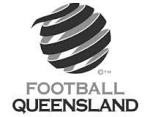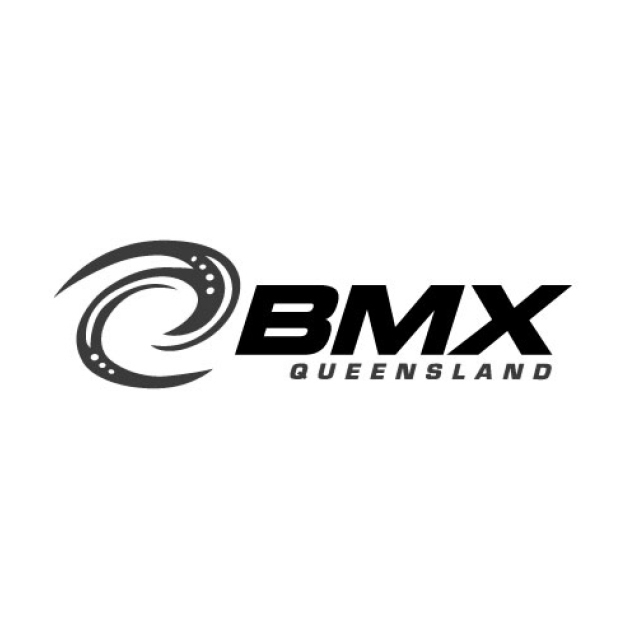The 'Level of Service Continuum' to Define Value for Sports Clubs
Michael Connelly
When thinking about the ‘value proposition’ of sports clubs, it’s critical to strike a balance between keeping sport accessible, given that it is such a prominent part of Australian culture, and keeping clubs sustainable.
My previous article, Rethinking the ‘value proposition’ of sports clubs was built on the premise that a conversation about 'value' is more complex, but more instructive, than a conversation simply about 'cost'.
Value is the juncture of the Level of Service provided by sports clubs and the costs charged for that Level of Service. I believe that leaders in community sport have the ability to give due consideration to setting both (not just controlling fees) in a way that is sustainable. By 'sustainable' in this instance, I mean ensuring that there is enough income to cover expenses and that only a reasonable amount of work needs to fall to each of a club's volunteers. A balance is reached when a club's fees and Level of Service provide the value their members seek.
By having this conversation with clubs for more than two decades, we have developed a very simple tool for changing mindsets of club volunteers, peak body administrators and Council sport and recreation officers to have a more businesslike approach to sport. I call it the Level of Service Continuum.
We start with a simple graph.
On the y axis, we have Level of Service. The level of service provided by a club includes everything that contributes to how its customers perceive the club.
Thinking about your favourite grassroots club, consider answers to these questions: How easy is it to find your club on the web? How professional and positive is your social media presence? Is the location of the club easy to find? Is your signage clear when people arrive? Is the car park big enough? Are the grounds and surrounds clean and tidy? When new people arrive, are they welcomed by someone helpful, with a big smile? How clean are the toilets? How good is the food at the canteen? Are there healthy options available? How helpful and friendly are the coaches and managers? Do all players feel welcome, even those who may not have the greatest skills? Are the fields or courts in good nick?
The higher up you position your club on the graph, the better level of service you feel you offer to customers.
And the x axis is simply the amount of money that your customers need to pay to receive the level of service you offer. The further to the left you are on the graph, the cheaper you are. The more it costs, the further to the right you move on the graph.
When I ask groups to rate where they feel their club fits on the Level of Service Graph, they usually put an x towards the top left corner.
When I then ask, “Where would you like to be on the graph?” they usually put their next mark even closer to the top left.
Think about this for a moment. The first mark on the graph told us that the club offers customers amazing value for money, by offering a very high level of service and charging very little for it. Then the second mark indicates that they want to offer more for even less!
This means that the club’s customers would not need to pay for this impeccable level of service. And if no one is paying, who’s going to do all of the work? Obviously not paid staff – the club would have no money to pay them. This leaves volunteers… The same few volunteers who are putting their hands up now are going to have to do even more.
Is this a sustainable business model? I suggest not. Any club that does not properly understand its value proposition and tries to keep its fees too low, or offer too much for too little, is putting its very existence at risk. Clubs must better understand the true value they offer in their communities so that their income and profit can be used to ensure their long-term viability. Anyone who works in sales knows that customers buy on value, not price.
Knowingly or subconsciously, committee members sometimes try to keep club fees low because they pay fees themselves. It’s true that these volunteers enjoy cheaper membership fees. But they must understand that they are also working harder and longer to keep membership prices down for the parent who turns up just before kick off, who never lifts a finger at the club, who complains if everything isn’t perfect, and who drives their car around the other side of the field to watch the game from there, hoping that no one will ask them to help out, to buy a raffle ticket or buy food from the canteen.
With that in mind, let’s get back to the Level of Service Graph. When I then ask the question, “Where on the graph do you think your club should be for its long-term viability?” people invariably head for the top right.
That’s applying better thinking, but I believe that the correct answer is actually not a point on the graph, but a line, that I call the Level of Service Continuum.
The Level of Service Continuum is a great tool for clubs to use when thinking about how to set an appropriate level of service and how to set realistic fees.
There are two ways that you can use the continuum. If you are in a small community where there are true economic pressures on potential customers, you may have an informed idea of how your prices should be set. To mark this on the Level of Service Graph, draw a line up to the continuum and from there across to the Level of Service axis.
Notice the direction of the arrows. If you must set your prices low, it is then up to you to decide how to manage the level of service you provide so that your volunteers are not overworked. It works the same in the other direction as well. If your customers demand a very high level of service, such as professional coaching or high quality facilities, you can draw a line from a higher point on the Level of Service axis across to the continuum and down to the point on the x axis where you can decide set your fees. Again, notice the direction of the arrows:
In both cases, it should be an informed decision as; that is, how a club decides to define its level of service and where it decides to set its fees.
The beautiful thing about the Level of Service Continuum is that one club can be at multiple points on the continuum at the same time. This would be the case if you have different fees for different age groups. Or if your Premier League fees are higher than your social fees.
So the next time your club’s committee is considering its fees, instead of looking around the room asking if a fee increase of $5 would feel right, I encourage you to use the Level of Service Continuum to determine the level of service you want to offer to customers and the right fee that this level of service should attract, to properly appreciate your club’s true value proposition.
Michael Connelly and his team at CPR Group have helped thousands of clubs and associations run more sustainably, and have more fun in the process, by applying the 'Level of Service Continuum'. Check out www.cprgroup.com.au for details of how CPR Group has helped improve the business of community sport, all around Australia.



































